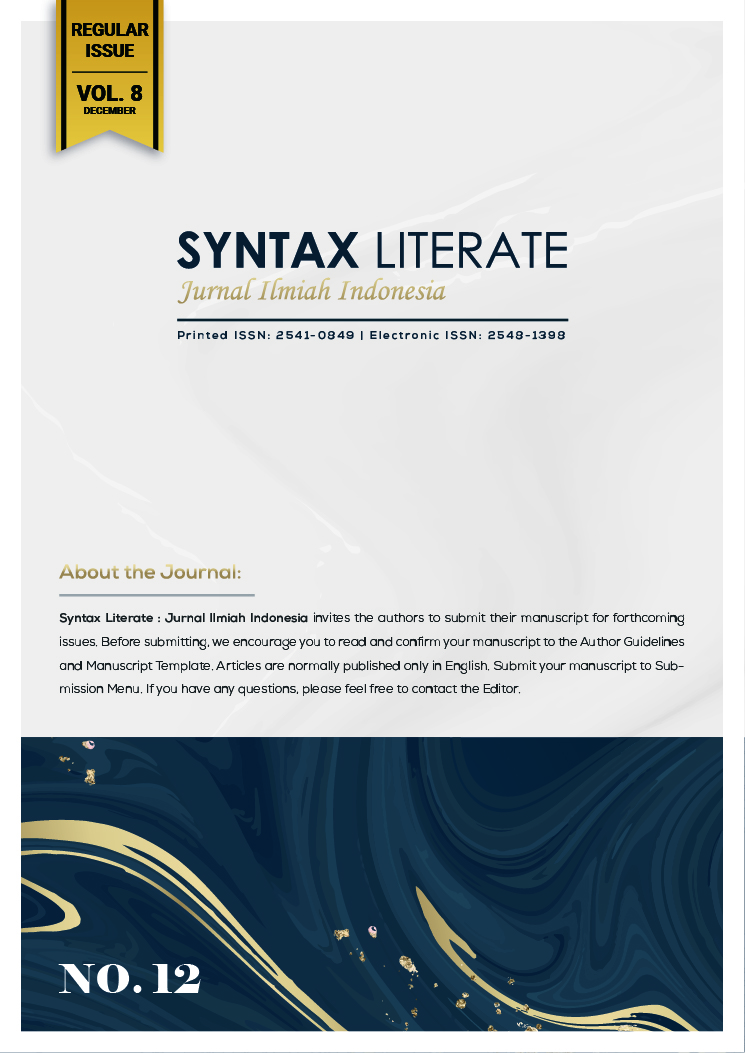Ketahanan Pangan terhadap Stunting dan Wasting pada Anak
Abstract
The problem of malnutrition is a major public health problem in various countries, so it is one of the causes of increasing child mortality rates. This is due to poor nutritional status, including undernutrition, wasting and stunting. Provide information related to stunting and wasting and the importance of food security. This research uses Systematic Review and PRISMA. Data was obtained from journals that had been collected and 15 journals were used in this research. Results: Factors that can influence stunting and wasting include; household food insecurity, socio-economic factors including family income, maternal education level, environmental factors (housing and water quality), demographic factors (family size and employment status), genetic and biological factors (low birth weight), psychosocial factors (stress and violence in the family), nutritional factors (lack of macro and micronutrients, unbalanced food consumption, and low levels of protein, Fe, and Zn adequacy), health factors (not getting antenatal care, not getting exclusive breastfeeding, and the incidence of diarrhea) factors biodiversity (food and agriculture). Conclusion: Stunting and wasting can reduce intelligence, creativity, productivity, and will affect the quality of human resources. There is a need for multisectoral strategies and policies, implementing guidelines and strategies that can increase household food security, including counseling positions for parents, training for mothers in breastfeeding and nutrition practices, as well as awareness campaigns in hygiene and sanitation practices. Empowerment and involvement of women (mothers) in household decision making as an effort to prevent stunting and malnutrition in children.
Downloads
Copyright (c) 2023 Risa Nur Amalia

This work is licensed under a Creative Commons Attribution-ShareAlike 4.0 International License.











